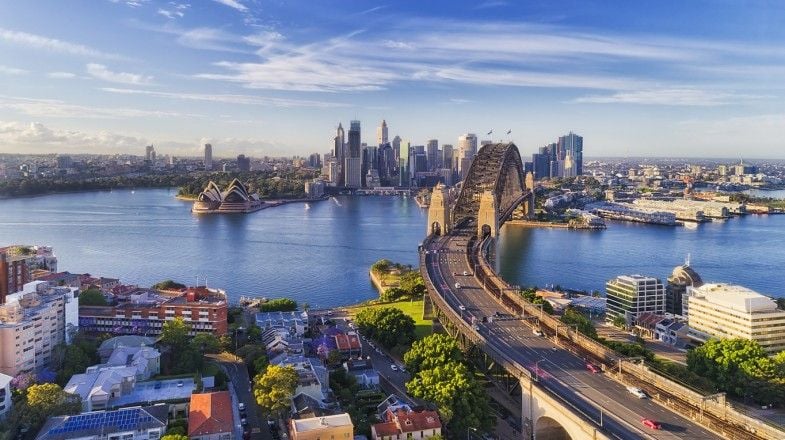Australia Introduces Tax Incentives for Critical Minerals and Renewable Hydrogen Production
Key Ideas
- Australia has enacted new legislation offering tax incentives for critical mineral processing and renewable hydrogen production to boost domestic industries and decrease reliance on China.
- The law includes a 10% production tax break for processing 31 critical minerals and a A$2 per kilogram tax incentive for renewable hydrogen production from 2028 to 2040.
- The government has allocated significant funds, with A$7 billion for critical minerals and A$6.7 billion for renewable hydrogen, aiming to create jobs and diversify supply chains.
- While the legislation received broad support, the Liberal-National coalition opposed it due to concerns about bureaucracy and the environment, facing resistance in proposed amendments from the Labor government and the Greens.
Australia has implemented new legislation to provide tax incentives for critical mineral processing and renewable hydrogen production, with a focus on boosting domestic industries and reducing the country's dependence on China. The law introduces a 10% production tax break for processing 31 critical minerals over the period of 2028 to 2040. Projects in this sector will be eligible for up to 10 years of support. Additionally, there is a A$2 per kilogram tax incentive intended to stimulate renewable hydrogen production. The initiative, spearheaded by Resources Minister Madeleine King, aims to not only strengthen the local economy but also to create job opportunities and diversify global supply chains. In the May budget, the Australian government allocated A$7 billion for critical minerals and A$6.7 billion for renewable hydrogen, signaling a significant commitment to these sectors. While the legislation garnered widespread support, it faced opposition from the Liberal-National coalition, citing concerns about bureaucratic processes and environmental impacts. Proposed amendments that sought to alleviate regulatory burdens were met with resistance from the Labor government and the Greens. This development highlights the complexities of balancing economic growth with environmental considerations in Australia's industrial policy.
